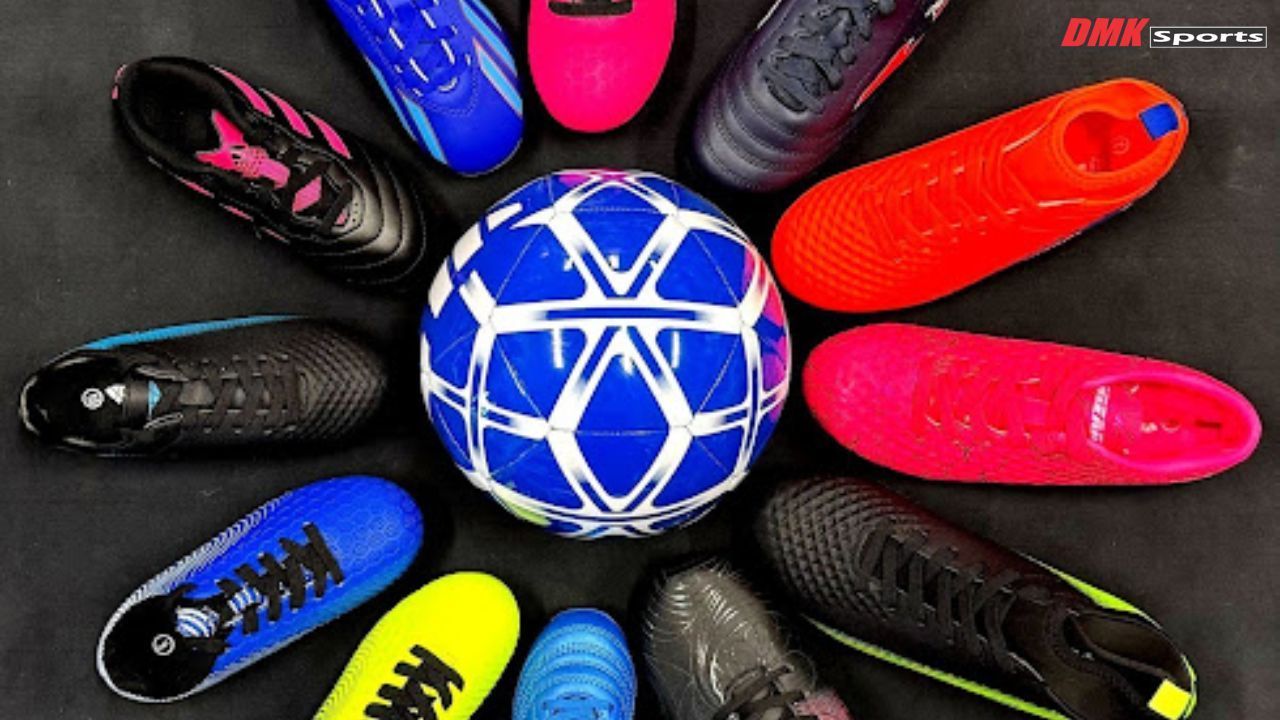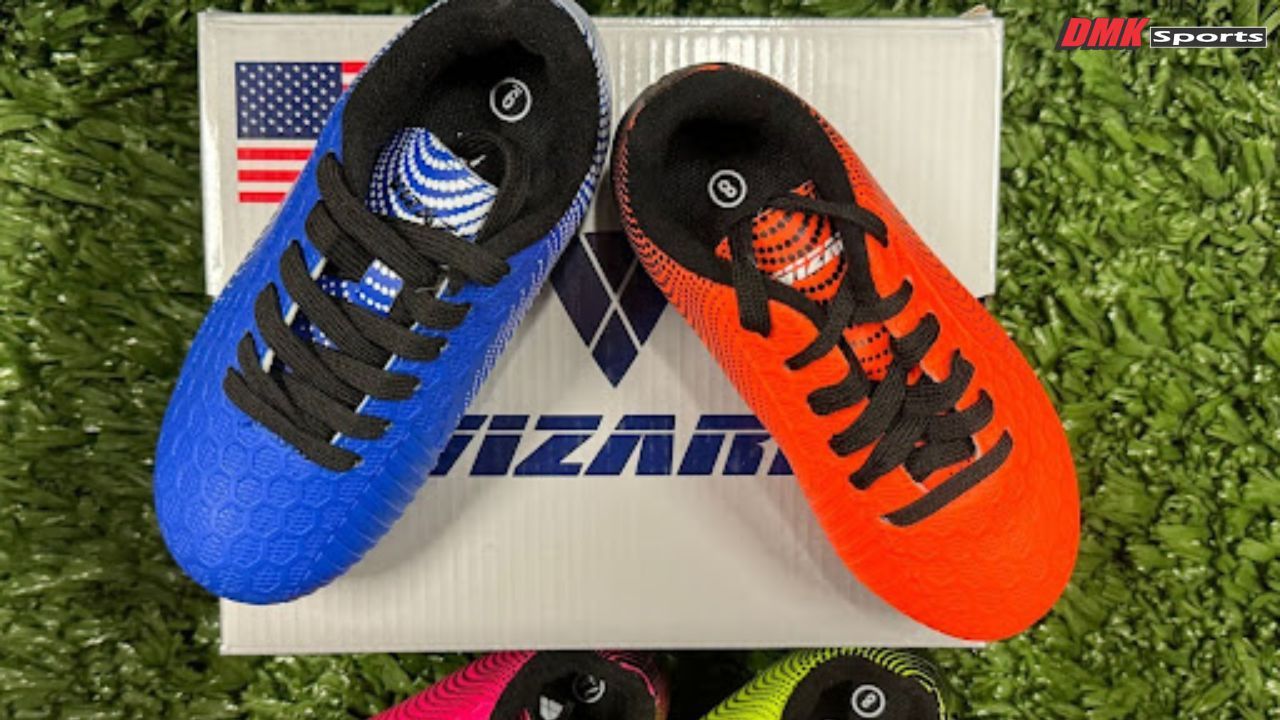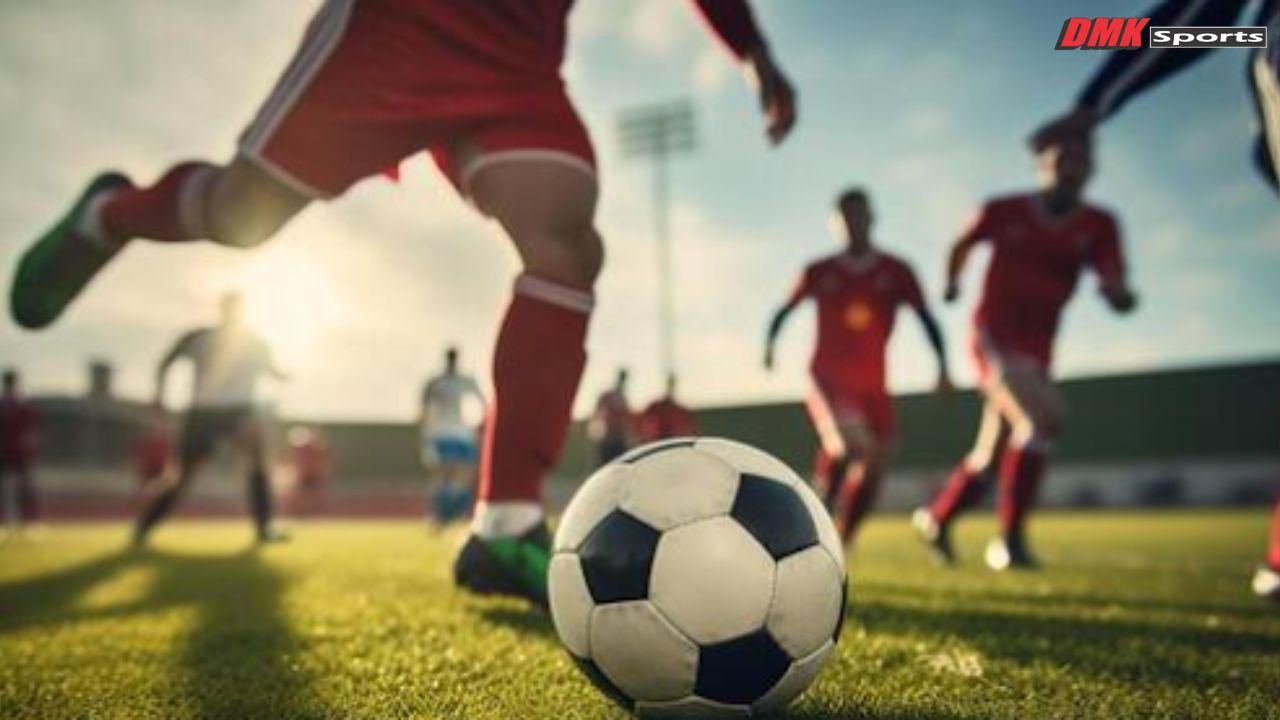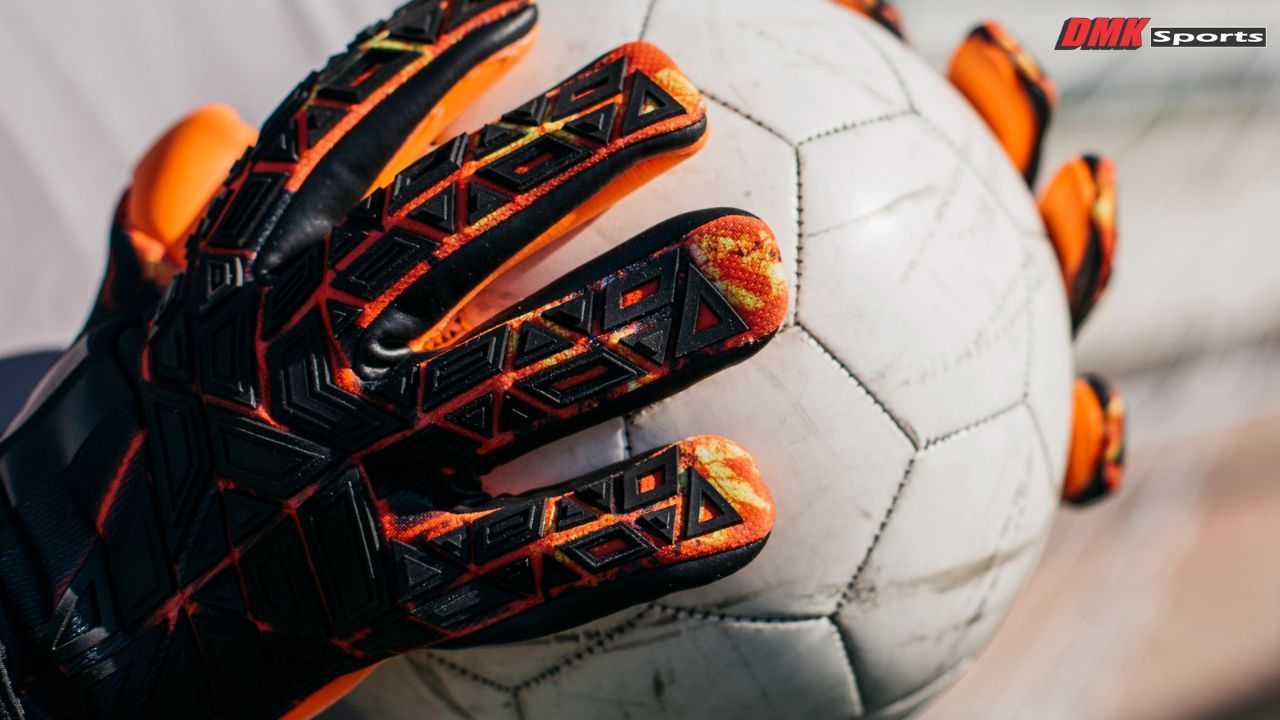Best Indoor Soccer Cleats for Speed, Grip & Comfort in 2025

Indoor soccer, just like the actual game, also demands quick reactions, fast footwork, and complete control.
The right footwear can make all the difference between slipping on smooth floors and making the perfect pass.
In 2025, players are looking for cleats that offer grip, comfort, and support on indoor courts. That’s why finding the best indoor soccer cleats is more important than ever.
If you're unsure about what type of soccer cleats are best for indoor surfaces, this guide breaks it down for you by helping you find options that are fast, stylish, and built to last.
If you're looking for trusted products, DMK Sports remains one of the most reliable places to shop indoor cleats for men at every price point.
What Makes Indoor Soccer Cleats Different?
Indoor cleats aren’t like regular soccer shoes. The best indoor soccer cleats are built to handle hard, flat surfaces like gym floors, futsal courts, or artificial turf. They use non-marking rubber soles to prevent slipping, and they offer better cushioning for impact control.
Players often choose cleats with:
- Flat rubber outsoles for grip
- Thin midsoles for closer contact to the ball
- Padded collars and insoles for comfort
- Reinforced toe caps for durability
Note: If you’re shopping for “indoor soccer cleats near me,” you’d want to look for terms like futsal shoes or soccer indoor shoes. They often refer to the same thing—lightweight cleats for quick play.
Top Features to Look For in 2025
When choosing the best indoor soccer cleats, focus on performance features that improve your game. Here’s what matters most:
1. Speed
Speed cleats use lightweight materials and responsive soles. Players who rely on sprinting or quick changes in direction need cleats that don’t weigh them down.
2. Grip
Indoor courts can be slippery. Look for the best soccer cleats for indoor soccer that have fine rubber patterns on the outsole. This ensures traction during turns and stops.
3. Comfort
Indoor games are fast-paced. Choose cleats with breathable uppers, snug fits, and shock-absorbing insoles to reduce foot fatigue.
4. Style and Fit
From sleek low-top designs to ankle-high styles with sock liners, comfort and design matter. Nike high top indoor soccer shoes and adidas indoor soccer shoes lead the trend, but many mid-range options offer great value.
Recommended Products from DMK Sports
1. DMK Adult Indoor Soccer Cleats
For players who want reliable performance without breaking the bank, DMK Sports’ adult indoor collection is a great pick. It offers grip and flexibility for both futsal and court play.
2. Mid-Priced Options for Comfort & Durability
For the best indoor soccer cleats that are mid-priced, DMK Sports offers options with soft padding, ankle support, and flexible outsoles. These shoes are ideal for weekly indoor games.
See more: Adult Indoor Collection
3. Flat Cleats for Control
Looking for cleats that feel like sneakers but play like pro gear? DMK’s indoor flat cleats have low-profile soles and fit close to your foot for better ball control.
4. Hybrid Options for Indoor/Outdoor Use
If you often switch between futsal courts and turf fields, hybrid cleats offer versatility. These shoes feature multi-surface grip and supportive uppers.
Check out: Adult Cleats
Best Indoor Soccer Cleats by Category
Here’s a breakdown of cleats based on user needs and performance types:
Best for Speed
Choose lightweight cleats with mesh uppers and minimal padding. They’re ideal for wingers or strikers. Cleats in this category help with quick cuts and fast breaks.
Best for Turf and Futsal
The best indoor soccer cleats for turf offer thick rubber soles and firm heel grip. They protect your feet while running on abrasive synthetic surfaces.
Best for Grip and Court Control
If you're playing in smooth gyms, go for cleats with detailed tread patterns. These provide better traction and reduce the chance of slipping.
Best for Preventing Knee Injuries
Supportive midsoles, padded heels, and snug-fit designs protect your knees during hard stops. Look for soccer shoes with solid ankle support to avoid strain.
Style Meets Performance: What’s Trending in 2025?
The best looking indoor soccer cleats are more than just eye-catching. In 2025, players are choosing cleats with bold colors, streamlined shapes, and sock-like collars for a better fit.
From classic black to neon accents, there's a pair for every style. The best cleats for indoor soccer now come in more sizes and fit options than ever.
Also, laceless cleats are becoming popular. Want to learn more? Check out: The Benefits of Laceless Soccer Cleats
Budget Picks and Where to Buy
You don’t need to spend a fortune to find great cleats. The best place to get affordable indoor soccer cleats is from trusted sellers with a wide selection.
DMK Sports offers:
- Entry-level cleats under $50
- Mid-range options for regular players
- Premium cleats for advanced players
How to Choose the Right Fit
When it comes to soccer cleats, the fit is what matters most. Before you buy indoor soccer shoes, make sure your cleats:
- Fit snug, with little to no toe space, without being so tight that they feel uncomfortable
- Don’t slip at the heel
- Feel secure during all movements, including side-to-side movement
Note: Some players prefer indoor soccer shoes with laces, while others go for laceless designs. Both can work—just make sure they feel comfortable from the start.
Questions to Ask Before You Buy
- Will I be playing on turf or gym floors?
- Do I need ankle support?
- Do I play weekly or occasionally?
- Do I prefer speed or control?
- What’s my budget?
Answering these can help narrow your choices and find the best cleats for your needs.
Shop Smart at DMK Sports
DMK Sports offers a full range of indoor soccer cleats for men, women, and youth. From futsal shoes to hybrid indoor-outdoor options, you’ll find shoes that match your playing style, surface, and comfort level.
Regardless of your soccer experience,
DMK Sports is your trusted source for quality, affordable indoor soccer footwear that helps you perform your best.










